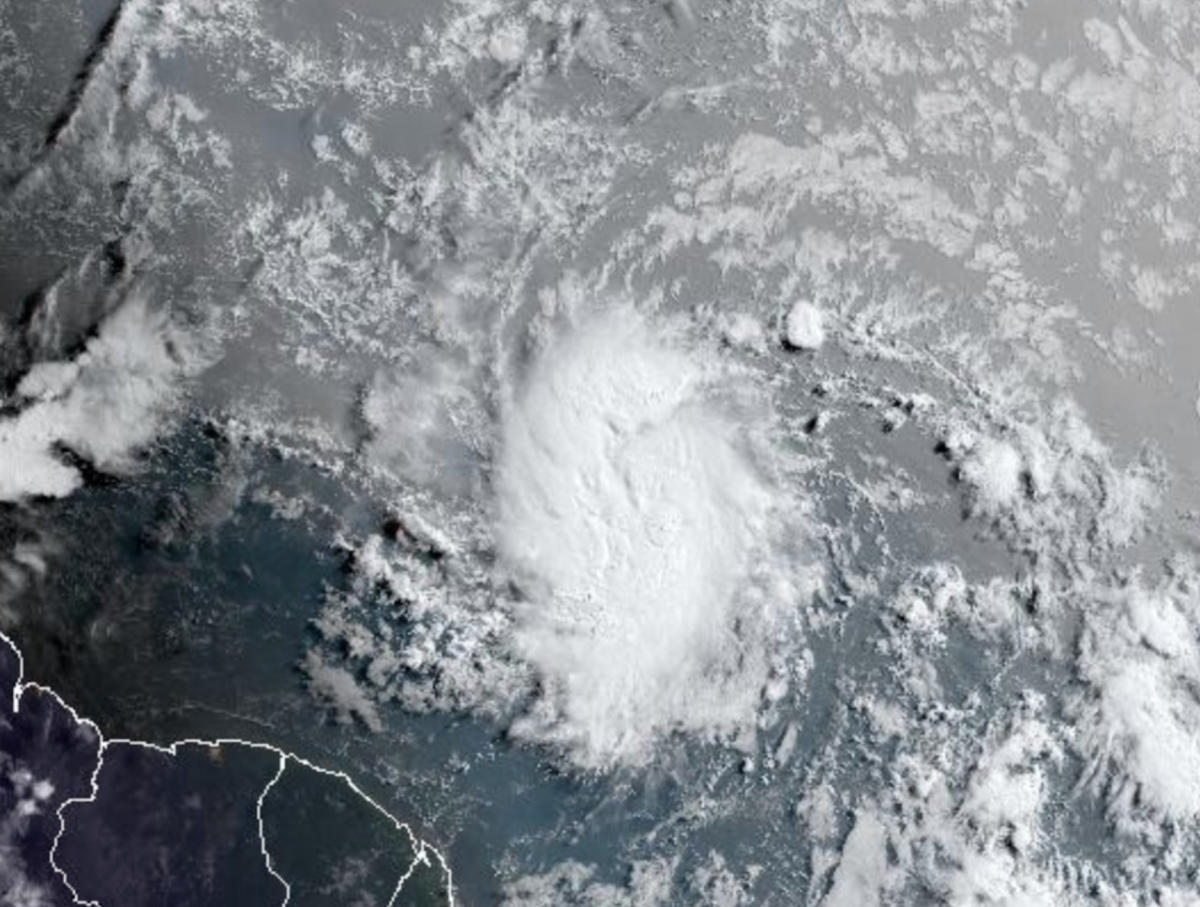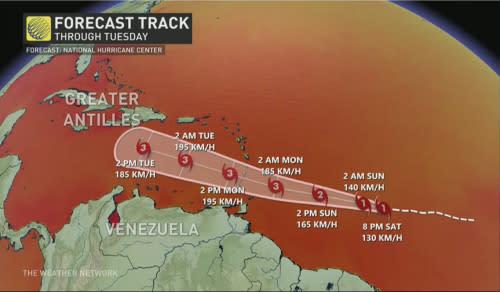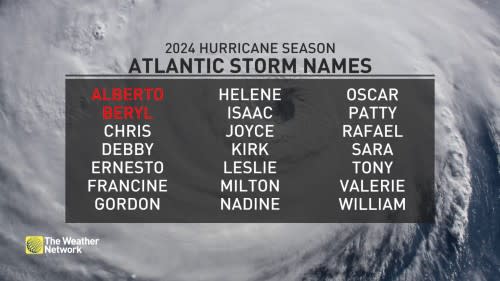Sports
Historic Hurricane Beryl on track to hit Caribbean as a major hurricane

Hurricane Beryl swirled into the history books Saturday afternoon as the farthest east we’ve ever seen a hurricane form in the tropical Atlantic this early in the season.
Forecasters expect the storm to rapidly intensify into a major hurricane by Sunday as it approaches the Windward Islands overnight Sunday into Monday.
A hurricane warning is now in effect for Barbados ahead of Beryl’s arrival.
Stay with The Weather Network’s hurricane hub for all the latest on the active hurricane season ahead
Antilles on alert; expected to become major hurricane
Beryl formed from a vigorous disturbance that rolled off the coast of Africa this week. The system wouldn’t be out of place at the peak of hurricane season, an unusual feat this early in the season.

The U.S. National Hurricane Center declared Beryl a hurricane at on Saturday, making it the farthest east we’ve ever seen a hurricane form in the tropical Atlantic during the month of June.
If the storm rapidly intensifies into a major hurricane as expected, it’ll be the first major hurricane to ever threaten the Lesser Antilles during the months of June or July—testament to the unusually hot water in the region that’s led worried experts to call for a very active hurricane season this year.


As of Saturday evening, a hurricane warning is in effect for Barbados, while hurricane watches are in effect for Saint Lucia, St. Vincent and the Grenadine Islands, and Grenada. A tropical storm watch is also in effect for Martinique, Dominia, and Tobago.
Damaging winds, torrential rains, and coastal flooding from storm surge and rough waves are expected throughout Barbados and the Windward Islands as the storm hits the region Sunday into Monday.
RELATED: Tropical systems don’t need a name to trigger devastating floods


The worst conditions are likely in Barbados and St. Vincent and the Grenadine Islands as the centre of the storm moves close to the region. These islands could see 100-150 mm of rain as Beryl passes through the region. Foul conditions are also likely on Grenada and Saint Lucia.
Forecasters expect the eventual hurricane to push into the Caribbean Sea through the first half of next week, potentially threatening Jamaica as a hurricane by Wednesday.
Anyone in the Caribbean should closely monitor the developments of this storm and heed the advice and orders of local officials.
One of the region’s earliest storms on record
This is an exceptionally rare storm for the region for this time of year.


This may become the farthest east we’ve ever seen a hurricane develop in the tropical Atlantic during the month of June. Hurricanes usually don’t form this deep in the heart of the tropical Atlantic Ocean until later in the season.
MUST SEE: El Niño is over—but La Niña may arrive during peak hurricane season
The only other storms that formed this far east this early in the year were Hurricane Elsa in 2021 and an unnamed storm that hit Trinidad and Tobago in 1933. It’s worth noting that both 2021 and 1933 eventually ranked among the most active hurricane seasons on record.
The last time there was a major hurricane before the July 4th holiday was Hurricane Alma on June 8, 1966. Alma was also the earliest hurricane to make landfall in the U.S. since 1825.
The most recent major hurricane to occur in July was Martha, during the second week in 2008.
The historic year of 2005 saw Hurricanes Dennis and Emily peak at Category 4 and 5, respectively. Dennis reached major hurricane status on July 7, and Emily did so a week later.
Experts largely agree that we’re in for a very active Atlantic hurricane season in the weeks and months to come. Sea surface temperatures throughout the Atlantic are running several degrees hotter than normal, closer to what you’d expect in September than the end of June.
These abnormally hot waters will combine with the lower wind shear brought on by a developing La Niña in the eastern Pacific to foster extremely favourable conditions for tropical cyclone development through the peak of the season this fall.
The latest seasonal outlooks call for as many as two-dozen named storms, which is far more than the 14 tropical storms we’d see during a typical Atlantic hurricane season.
Thumbnail courtesy of the National Oceanic and Atmospheric Administration (NOAA).
Stay with The Weather Network for all the latest throughout hurricane season.





